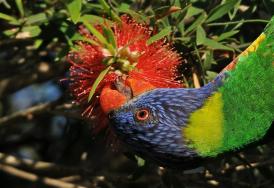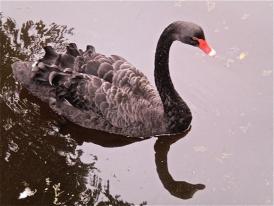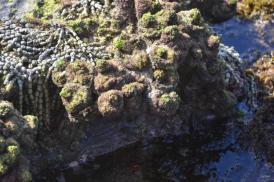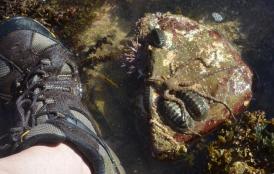Differences Down Under..........
Coastwise member Jay Nicholson spends some of the winter months each year in Australia to make sure his grandchildren know who he and his wife are, as his daughter and her husband decided oddly some years ago they preferred sun and sand to horizontal rain and the EU.
As a dedicated naturalist, this has given Jay plenty of time to investigate the local wildlife, and in particular the coastal birds and marine life.
Some birds are very similar to their equivalent here - ther common gull for example - but many, such as the Kukaburra, Rainbow Laurakeet, the galah, the Red-Rumped Parrot and the Superb Fairy-Wren are totally different to anything here, and clearly sub-trropical.
Terrestrial animals such as the Water Dragon, Giant Stick Insect and Possum are southern hemisphere, although the Diamon Python and (very) poisonous Eastern Brown Snake are similar to snakes everywhere.
Jay is a keen ornithologist, and members saw excellent pictures of Silver Gulls, Crested Terns, Masker Lapwings, and Little and Long-Billed Corillas. The Australian Pelican has the longest beak of any bird in the world, and members heard stories of their abilities to steal food and dismantle the more vulnerable parts of houses.
Anyone going to coastal Australia is going to apend plenty of time at the beach, and Jay showed a large range of the marine life that he'd found and identified. Much is very similar to UK marine life, although much larger and more colourful. For example, Chitons and Flatworms can be huge - up to 12cm.
Others have no parallel in the UK, such as the large edible sea squirt Conjevoi, and the phosphorescent Toadfish.
However, one thing we seem to do better here is crabs - Jay has found very few species !
Pictures courtesy of Jay Nicholson Right, from top, the nectar-eating Rainbow Laurakeet, a Black Swan, edible Conjevoi, and Chiton, with also a Brittlestar, and Neptune's Necklace seaweed not found in the UK.
Copyright Coastwise





